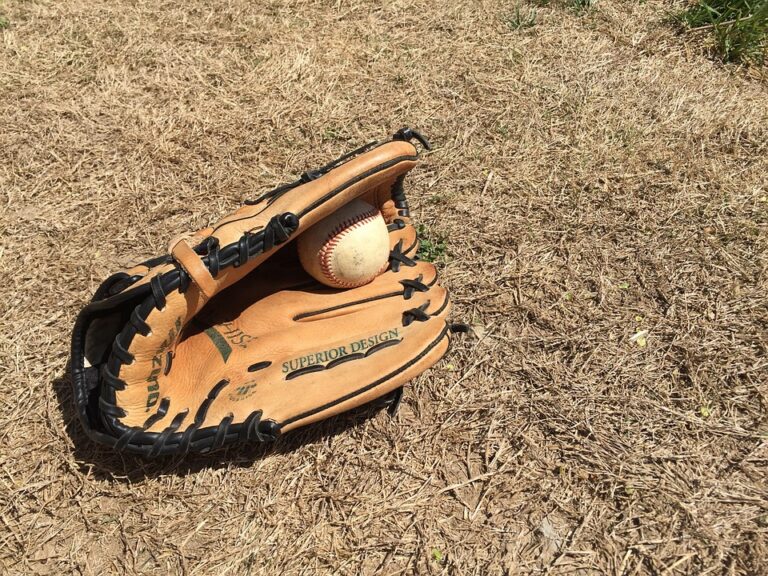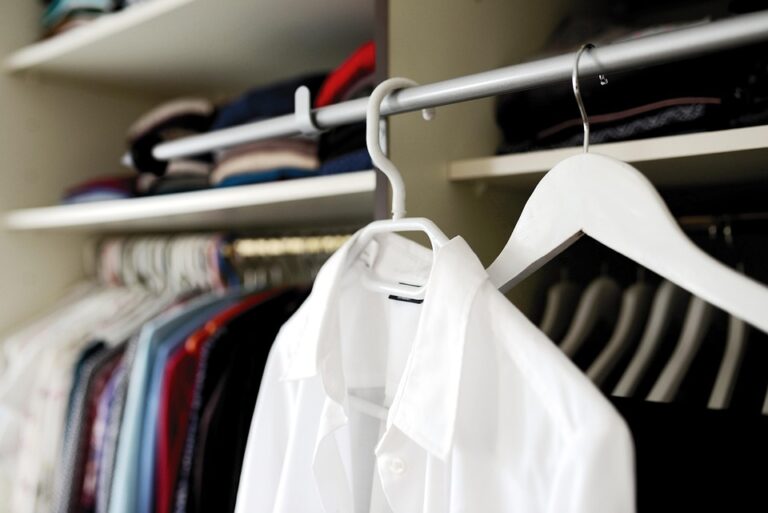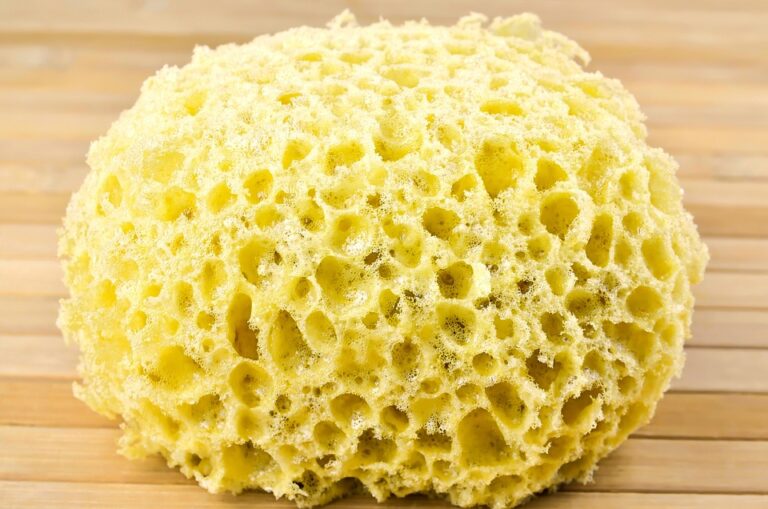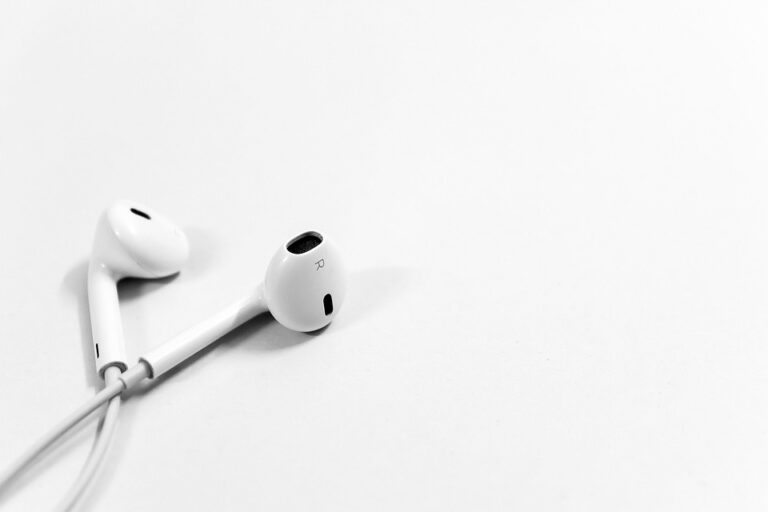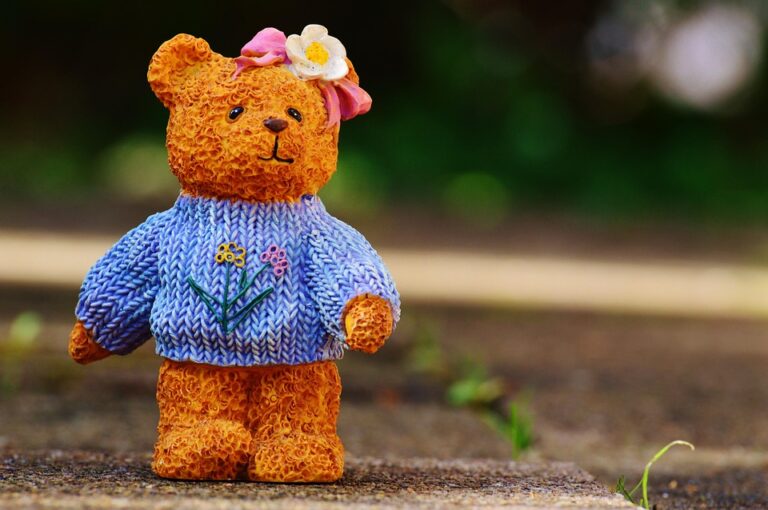
Essential Guide to Choosing Microfiber Cloths: Types, Uses, and Tips for Purchase
Microfiber cloths have become an indispensable tool in households and businesses alike, but with a dizzying array of types and uses available, how does one navigate this seemingly simple yet multifaceted product? Understanding the nuances can greatly enhance your cleaning experience, ensuring efficiency and effectiveness.
1. Types of Microfiber Cloths
Microfiber cloths are not created equal. They vary greatly in texture, thickness, and intended use. Broadly speaking, you can categorise them into three main types:
-
General Purpose Cloths: These are your everyday heroes, suitable for various tasks, from dusting to wiping surfaces. Typically, they have a medium pile and are great for general cleaning without scratching surfaces.
-
Polishing Cloths: Often smoother and finer, these cloths excel in leaving a streak-free shine on glass and stainless steel. Think of them as your go-to for that immaculate finish on your beloved kitchen appliances.
-
Specialised Cloths: These come with specific textures designed for particular tasks, such as car detailing or electronics. For instance, a lens cleaning cloth boasts a super-soft, lint-free surface that’s perfect for screens and glasses, preventing scratches and smudges.
The choice of cloth can significantly impact your cleaning results. Are you using the right cloth for the right job?
2. Uses Beyond the Obvious
While most people associate microfiber cloths with cleaning, their versatility extends far beyond. Consider these innovative applications:
-
Automobile Care: The automotive world has embraced microfiber for its ability to trap dirt and dust without scratching surfaces. They’re perfect for detailing, washing, and drying your vehicle.
-
Pet Care: For pet owners, a microfiber cloth can be a lifesaver. Use it to quickly absorb spills or clean muddy paw prints off floors and furniture.
-
Crafting and DIY Projects: Creative souls utilise microfiber cloths for painting and crafting, thanks to their ability to absorb and release liquids efficiently, allowing for smoother application of paints and finishes.
Have you explored these less obvious uses in your daily life?
3. Tips for Purchase
When it comes to purchasing microfiber cloths, a few considerations can make all the difference.
-
Check the Blend: Quality microfiber is typically composed of polyester and polyamide. A higher percentage of polyamide generally indicates better absorbency and durability.
-
Weight Matters: The weight of microfiber cloths can be an indicator of quality. Look for cloths that are around 300 GSM (grams per square metre) for versatile performance, striking a balance between absorbency and softness.
-
Washability: Ensure your chosen cloths are machine washable and designed to withstand multiple washes without losing their effectiveness. Some cheaper options may degrade quickly, leaving you with lint-covered surfaces.
-
Colour Coding: If you’re particularly meticulous about cleanliness, colour coding your cloths for different tasks (e.g., kitchen, bathroom, electronics) can help eliminate cross-contamination.
4. The Final Word
In the quest for the perfect microfiber cloth, consider your specific needs and the environments in which you’ll be using them. Reflect on the balance between quality and cost—investing in higher-quality cloths may save you money in the long run by reducing the need for replacements. The right choice can enhance not only your cleaning efficiency but also the longevity of the surfaces you maintain.
BargainsTrust continues to bring you a curated selection of quality products, ensuring you make informed choices for your home and beyond. With the right microfiber cloths in your arsenal, you’ll find that cleaning can be a breeze rather than a chore.

